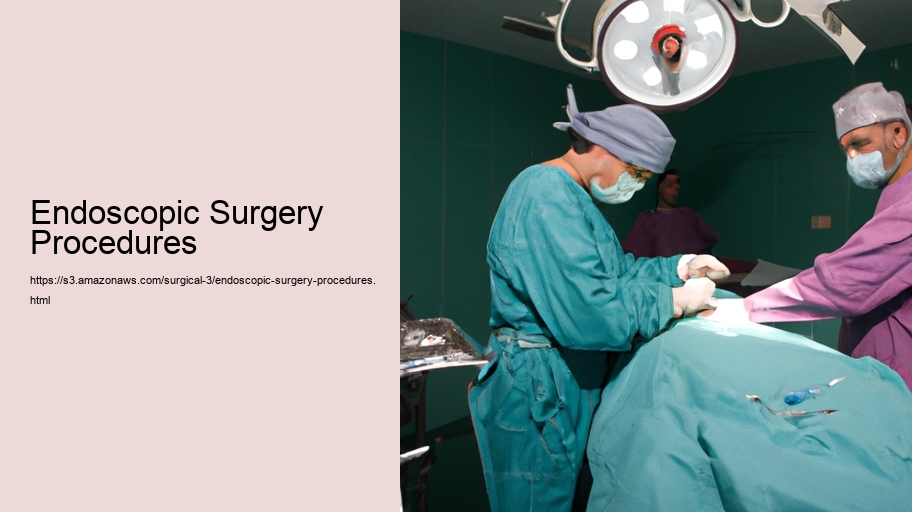Endoscopic surgery procedures represent a significant advancement in the field of modern medicine, offering a minimally invasive alternative to traditional open surgery. This essay delves into the concept, applications, benefits, and considerations associated with endoscopic surgery, providing a comprehensive understanding of these innovative medical procedures.
The term 'endoscopy' comes from the Greek words 'endon,' meaning within, and 'skopein,' meaning to look. Essentially, endoscopic surgery is a technique that allows surgeons to look inside the body and perform surgical procedures through small incisions using specialized instruments and a camera. The camera, which is a part of the endoscope, provides a high-definition, magnified view of the internal organs and structures on a monitor, enabling precise and controlled surgery.
Endoscopic surgery is employed across a range of medical fields, including gastroenterology, gynecology, urology, and general surgery. In gastroenterology, endoscopic techniques are used for procedures like the removal of polyps in the colon or the treatment of gastrointestinal bleeding. Gynecologists may use endoscopic surgery for procedures such as tubal ligations or the removal of ovarian cysts or fibroids. Urologists can perform prostate surgeries and kidney stone removals endoscopically, while general surgeons might use the technique for gallbladder removals, hernia repairs, and more.
One of the primary benefits of endoscopic surgery is the reduced trauma to the body. Traditional open surgery often requires larger incisions, which can lead to more pain, a higher risk of infection, and longer recovery times. In contrast, the small incisions used in endoscopic surgery reduce these risks and promote faster healing. Patients typically experience less postoperative pain, shorter hospital stays, and quicker returns to normal activities.
Moreover, the precision of endoscopic surgery can lead to better surgical outcomes. The enhanced visualization provided by the endoscope allows surgeons to operate with greater accuracy, potentially reducing the likelihood of complications and improving the effectiveness of the surgery.
Despite its many advantages, endoscopic surgery is not without its challenges and limitations. The procedure requires specialized training and expertise, as the instruments and techniques differ significantly from traditional surgery. Surgeons must become adept at manipulating the tools and interpreting the two-dimensional images on the monitor to replicate three-dimensional surgical maneuvers.
Additionally, endoscopic surgery may not be suitable for all patients or conditions. Factors such as the size and location of the surgical site, the patient's overall health, and the complexity of the surgery must be considered when determining the most appropriate surgical approach.
In conclusion, endoscopic surgery procedures stand as a testament to the incredible progress in medical technology and surgical technique. These procedures have revolutionized the way surgeons approach various medical conditions, offering a less invasive option that can lead to better patient outcomes and enhanced recovery experiences. As technology continues to evolve and surgeons become even more skilled in these techniques, we can expect endoscopic surgery to become increasingly prevalent in the management and treatment of a wide array of medical conditions.
